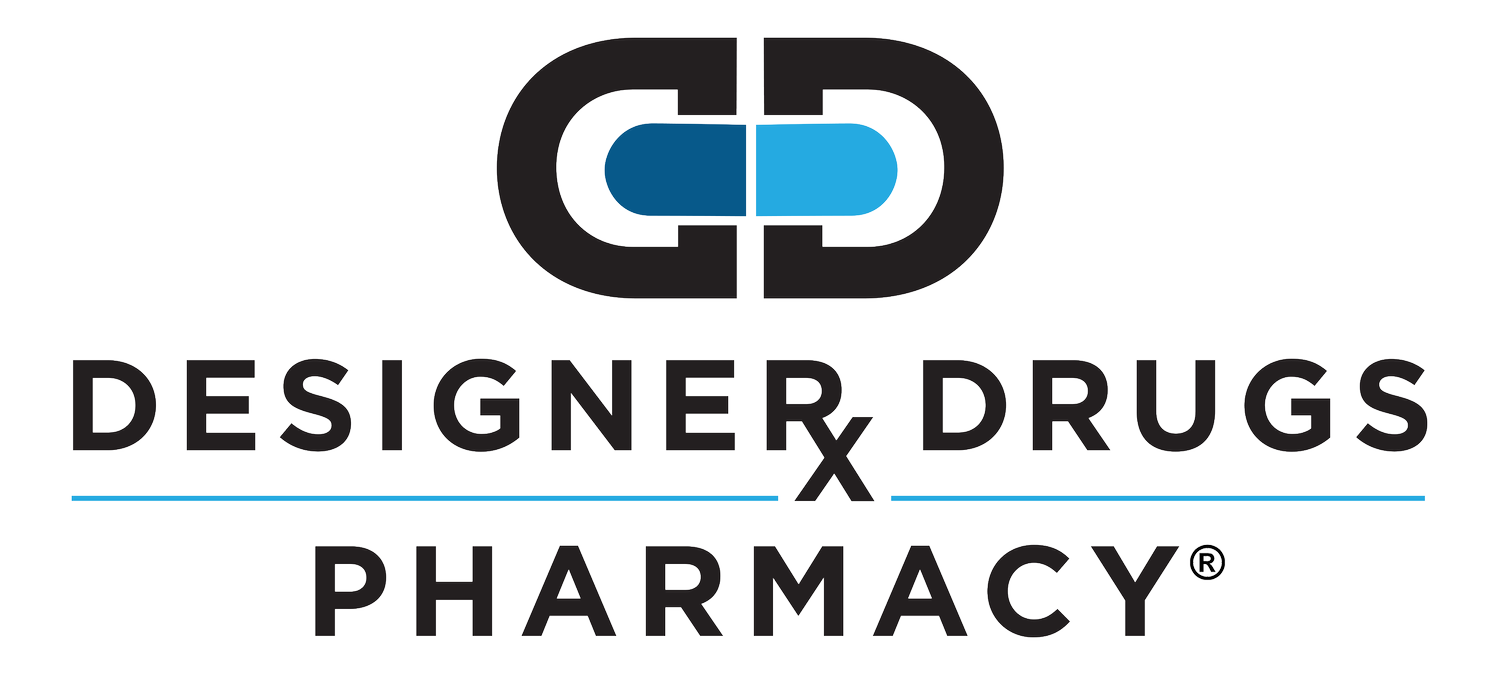Explaining Leaky Gut
I recently attended 30 hours of provider education in all things “gut,” and interesting to me was the reminiscing about the gut-knowledge timeline throughout the past two decades. The gut has become such a hot topic, evidenced by the explosion of marketing and availability of gut health products. I think the statement “70% of your immune system resides in your gut” has become well-known, especially since the intense focus on immunity brought on by the COVID-19 pandemic. I want to dive into explaining some of the progression of gut health, so these are not just mantras to be repeated, but to be understood. In this first blog of the series, I will explain the gut-immunity connection, specifically as it relates to a leaky gut. Next, I will dive into all these modern-day terms: prebiotic, probiotic, postbiotic, microbiome, etc. Lastly, I’ll dive into some of my favorite targeted therapies for certain conditions.
In functional medicine, it’s sometimes amusing and frustrating to look at how far we’ve come. Around 2009 we started seeing the term “leaky gut” used in primary medical literature. Pre-2009, if you used this terminology, you could’ve hung your head in shame and been made to promise you didn’t heal all maladies by burning Nag Champa. (Nothing wrong with Nag Champa!) Joking aside, let’s get to the root cause of “leaky gut syndrome” by first simplifying and understanding the role of the “gut” or using medical terminology: the gastrointestinal (GI) system.
Most of you know the gut breaks down food into constituents both large and small (macro and micronutrients) otherwise known as the process of digestion. Next, the GI selectively absorbs these nutrients and if necessary, transforms or activates these nutrients and phytonutrients, the process known as absorption. This absorption occurs at the interface between the gut and the bloodstream, an interface that is as thick as a wet paper towel! Your small intestine is the GI location of this absorption, and it is one cell layer thick. This layer is also your barrier from unwanted particles that could cause inflammation and auto-immune reactions. It is important to keep this layer intact, because remember, they are only one layer thick! This single-layer barrier is ultimately the interface between you and the outside world. We’d better give that one-layer attention and keep it healthy. Remember that phrase “You are what you eat?”
Where does the immune system come into play? I’ve described the small intestine as a single layer of cells, with healthy, tight junctions, the thickness of a wet paper towel. This is your interface between your insides and the outside world. This interface includes the GI cells just described, plus immune cells and mediators located both inside the intestine and in a layer of mucus just on the other side of the single layer of cells. The tight junctions between the GI cells open slightly on purpose and allow the inner immune cells to communicate with the immune cells in the layer of mucous just on the other side. This is that 70% of your immune system from the saying we all repeat!
Now, the immune system’s role is to distinguish “self” from “non-self” when presented through these (hopefully) tight junctions. When the GI cells and therefore the healthy, tight junctions become inflamed or irritated (largely from an inflammatory diet), the previously tight junctions become looser and allow larger molecules through. This starts a complicated cascade of inflammation and in many cases, auto-immune disease. Auto-immune disease is when the immune system no longer correctly distinguishes between “self” and “non-self” through the junctions of the gut and starts to attack “self.”
What a cliffhanger! I hope I simplified leaky gut, and have you more interested in your gut health than you were before. Stay tuned for more gut information including treatment recommendations for leaky gut syndrome as well as the microbiome explained.
TANYA MANONI is a Chattanooga-native but earned her BS in chemistry and PharmD at the University of Utah. She is pursuing her fellowship in Anti-Aging and Metabolic Medicine through A4M and George Washington University.
She brings with her years of experience in compounding and pharmacy corporate management. Tanya's professional interests include not only BHRT, women’s health, and dermatology, but also nutrition and fitness, in which she became interested while playing NCAA Division I college soccer.
Tanya developed Designer Drugs’ medical grade skin care line Designer+Cosmeceuticals. She uses her chemistry knowledge to select active ingredients and concentrations and formulate products for the line.
She lives in Chattanooga with her husband and two kids, so you will find her running between soccer fields and dance studios in her free time.
